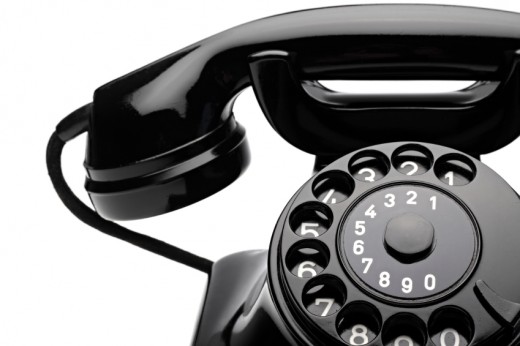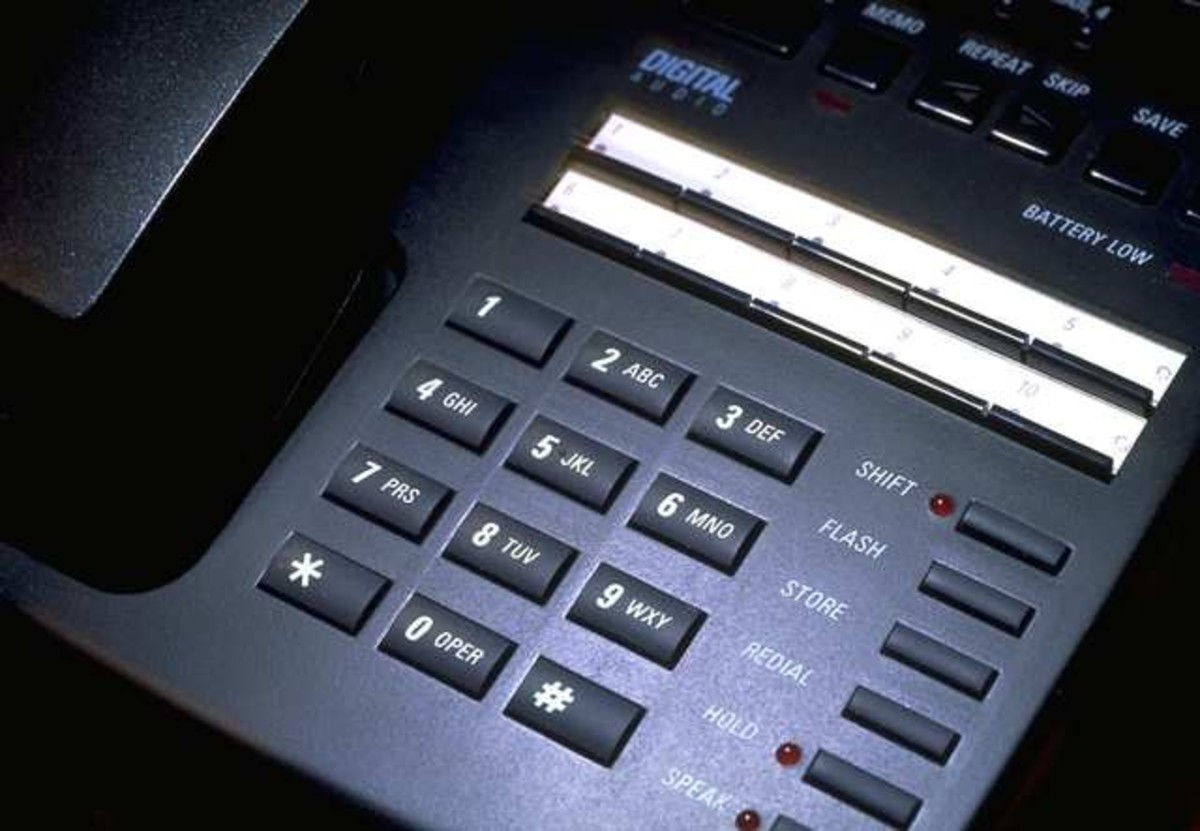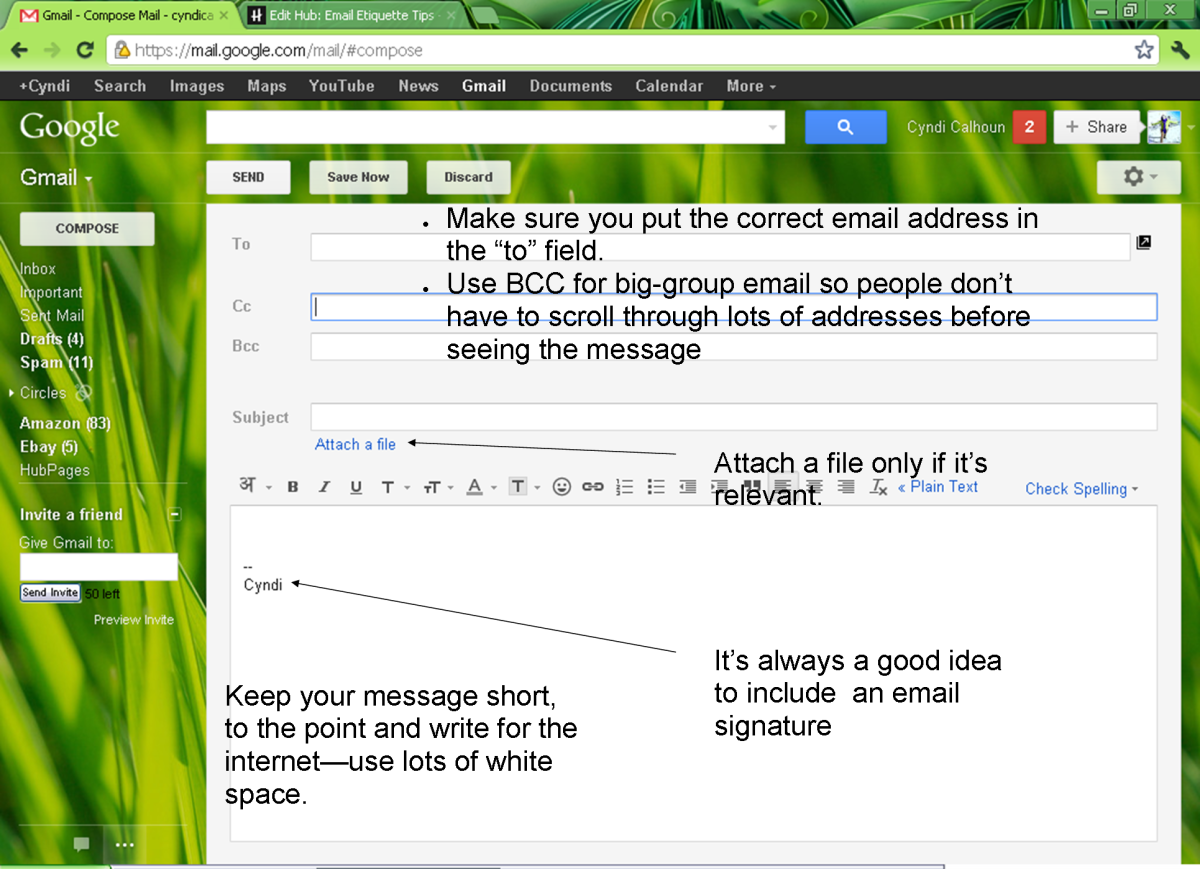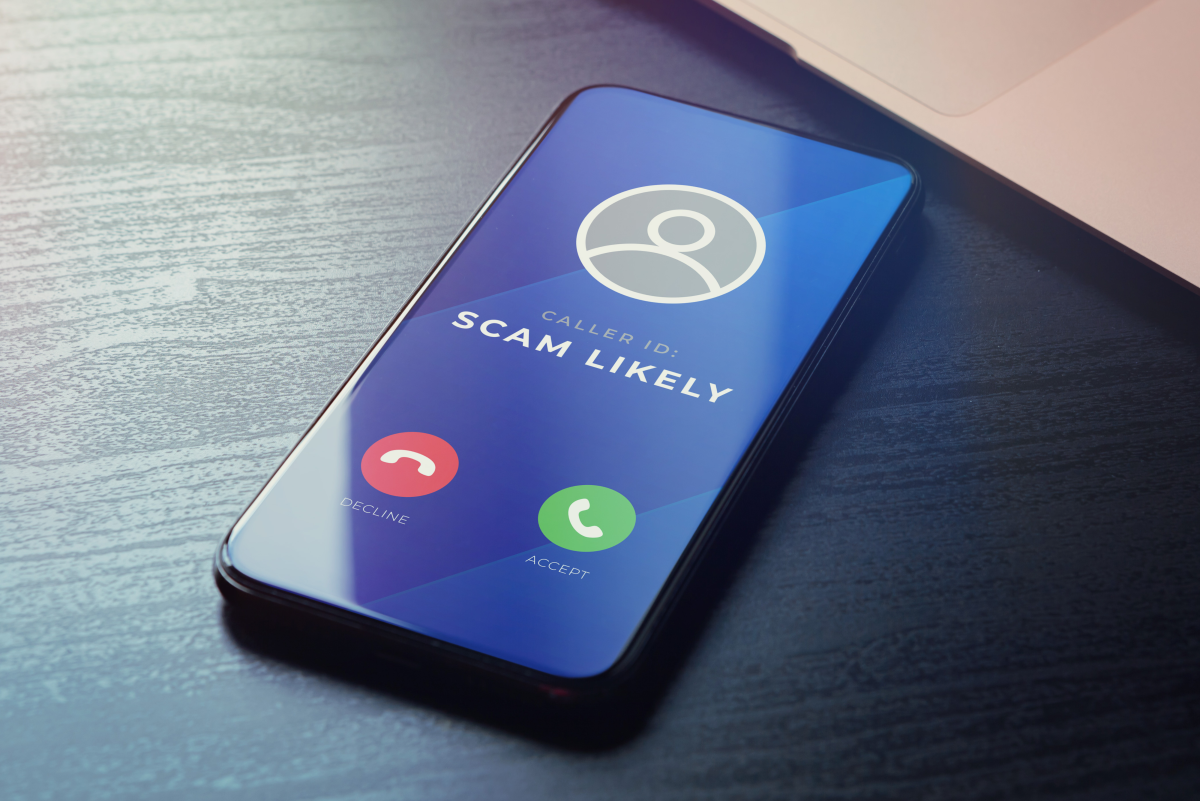- HubPages»
- Business and Employment»
- Employment & Jobs»
- Employment Advice & Tips
Phone Etiquette for Leaving Messages in Business

I have to confess that I really hate getting certain types of phone calls. More specifically, I hate getting this type of call:
Hi, this is _______ from ______, call me at ____ when you get a chance. Bye.
It's bad enough when you get those types of calls from family and friends or when those two blanks are filled with a person's name and company that you recognize. It's worse when you have no idea who the person or company is.
And one thing is guaranteed. I will NOT be calling this person back. These calls violate principles of good business phone etiquette. Let's see how...
The 5 Biggest Problems with Cryptic Callers
So what's wrong with that message? It's...
- Presumptuous. Unless you have a continuing relationship going on, to leave a message like that above presumes a relationship that may not exist.
- Non-Commital. In their defense, people who leave messages like this may be doing so because they were told to do so by someone else. They're just going through the motions and don't really care if you do or don't call back. But they've been able to check off some boxes on a To Do list.
- Fearful. Sometimes when people just leave a "call me" message, they have some information or a request that they feel will not be well received. So if you don't answer right away, they'll just leave their contact information to lull themselves into feeling good about themselves. They "tried."
- Manipulative. The worst case instance of this is when the caller knows that when the person called sees his name or where he is from, it will automatically bring up either curiosity or be troubling, almost guaranteeing a call back. I've received just this type of call from a very large business rating organization (who I won't name here) some years ago. The first time it happened, I was disturbed. What could they be calling about? Did I get reported for something? (It was hard for me to imagine any of my customers going that route.) So I called back (and, of course, played voicemail tag for a couple days). Why did they call? They had run across one of my websites and wanted to sell me membership in their organization for several hundred dollars. Unbelievable! I have ignored all subsequent calls from this organization.
- "We've Got to Talk." Ugh! If the tone used when a significant other, parent, friend, colleague, vendor or client suggests "we've got to talk," the possibilities of what's wrong will run rampant through the head of the person being called. It's a variation on the manipulative behavior just discussed, but this one packs an additional emotional wallop.
"Call Me" Phone Etiquette
Are there going to be situations where you need to leave a "call me" message for someone? Sure. But there's a way to do it to encourage people to return your calls by making it a safe communicating zone.
Here's a simple script to try:
Hi, this is _____ from _____ and my number is ____. I'm calling about _____. Again, this is ____ from _____. The best time to reach me is _____ and my number is _____. Thanks much!
The most important part of this is the I'm calling about____. Even if it's something tough that needs to be addressed, at least the person being called knows why you're connecting and they'll be better prepared to discuss the issue.
Also notice that the name and phone number are said twice. Why? When someone is listening to a phone message, they may miss the number when it's first said or may get only part of it. Stating it again at the end makes it easy for them to get your number by listening to the message only once. So you're not wasting their time which will be appreciated.
One other tip following up on the last point: Speak clearly. There is nothing more frustrating than trying to catch a phone number that's garbled. Granted, with the rise of Caller ID and smartphones which display callers' numbers, some of this isn't as big of a deal as it once was. However, if you're calling someone from an alternate phone line that you don't want the person to use to connect, indicating the best number to reach you is still a best practice to follow.
Another important segment of the message is the The best time to reach me is___. This helps cut down on the phone tag. Contrast this with the first bad example in this article. The caller said to call "when you get a chance." Guess what, if I receive the message, I may never get a chance to call back. Offering an ideal time to chat can help increase the chances that you'll connect.
The Call Back
Just for grins, I actually called back on one of these messages recently. What did the caller want? To pick my brain. Guess I could have predicted that.
Had an encounter with a cryptic caller? Would love to hear your story in Comments.
This article is accurate and true to the best of the author’s knowledge. Content is for informational or entertainment purposes only and does not substitute for personal counsel or professional advice in business, financial, legal, or technical matters.
© 2013 Heidi Thorne








